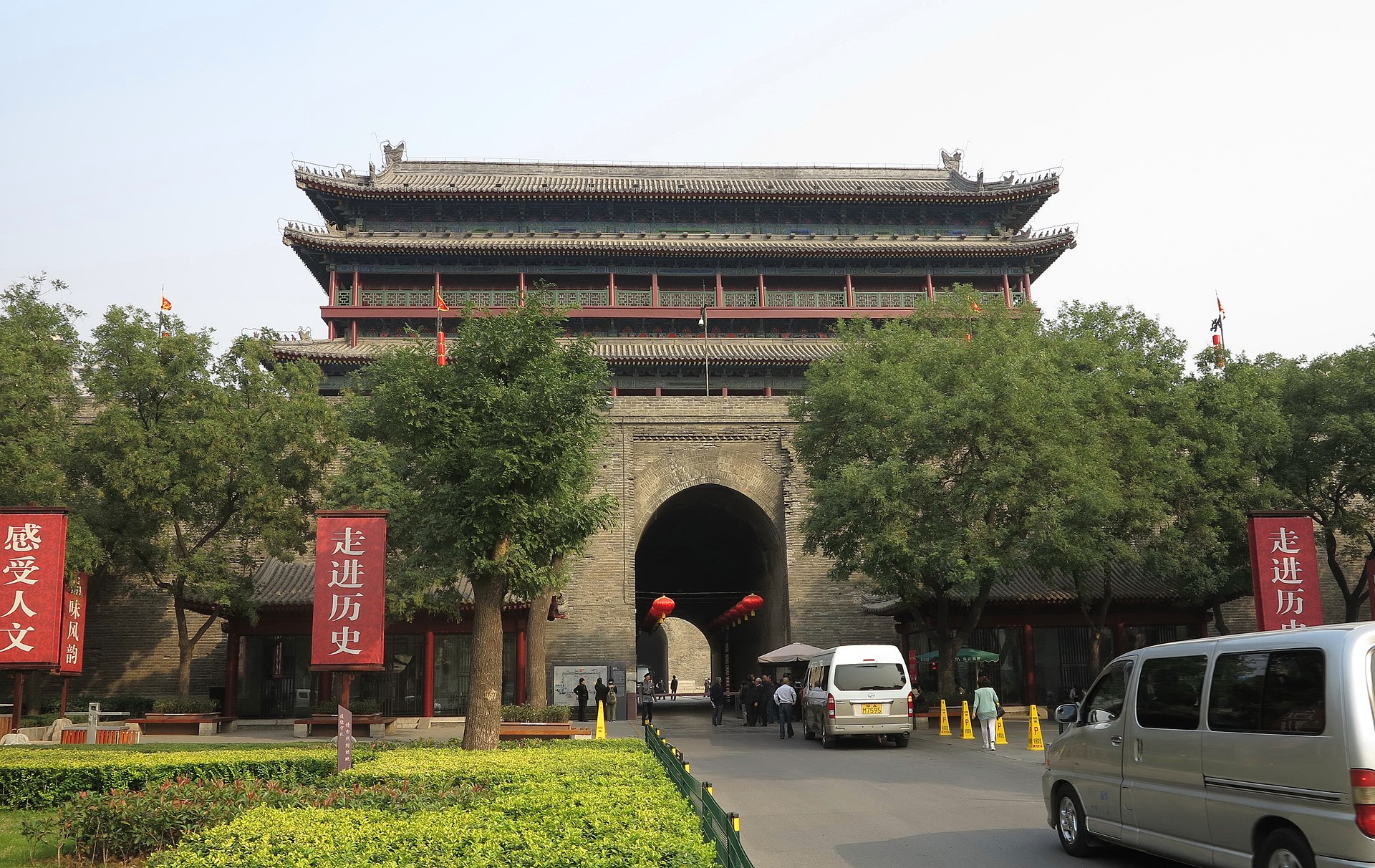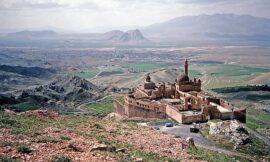Nestled in the heart of China’s Shaanxi Province, Xi’an is a city that resonates with the echoes of its glorious past while embracing the rapid pace of modern development. As one of the oldest cities in China, Xi’an has played a pivotal role in shaping the nation’s history, serving as the capital for several ancient dynasties and acting as the eastern terminus of the legendary Silk Road. Today, Xi’an stands as a living testament to China’s rich cultural heritage, captivating visitors with its ancient wonders, vibrant markets, and a harmonious blend of tradition and progress.
At the heart of Xi’an’s allure is the world-famous Terracotta Army, an archaeological marvel discovered in 1974 that stands as a silent army guarding the mausoleum of Emperor Qin Shi Huang, the first emperor of China. Thousands of life-sized terracotta soldiers, horses, and chariots, meticulously crafted over two millennia ago, provide an awe-inspiring glimpse into the grandeur of ancient Chinese craftsmanship and military might. The Terracotta Army is not only a UNESCO World Heritage site but also a symbol of Xi’an’s historical significance.
The city’s ancient walls, dating back to the Ming Dynasty, encircle the old town, serving as a majestic testament to Xi’an’s enduring past. The well-preserved fortifications, complete with watchtowers and gates, offer visitors a chance to stroll or bike along the top of the walls, providing panoramic views of the cityscape. The ancient city walls stand as both a physical and symbolic link to China’s imperial history, with the juxtaposition of traditional architecture against the backdrop of a modern metropolis.
Adding to the city’s cultural tapestry is the Big Wild Goose Pagoda, a Buddhist structure built during the Tang Dynasty. Originally constructed to house Buddhist scriptures brought back from India, the pagoda is an architectural marvel with its tiered design and intricate carvings. Surrounding the pagoda, the Da Ci’en Temple complex offers a serene retreat where visitors can explore ancient Buddhist artifacts and immerse themselves in the spiritual ambiance.
Xi’an’s Muslim Quarter, located near the Drum Tower, is a bustling area that reflects the city’s multicultural past. The labyrinthine streets are lined with stalls selling a variety of goods, from traditional handicrafts to delectable street food. The Great Mosque, nestled within the Muslim Quarter, is a unique blend of Chinese and Islamic architectural styles, offering a tranquil oasis amidst the lively market atmosphere.
In recent years, Xi’an has undergone rapid modernization, and its cityscape now features towering skyscrapers, shopping malls, and a vibrant nightlife. The juxtaposition of ancient and contemporary elements creates a dynamic urban environment that appeals to both history enthusiasts and modern travelers. The city’s modern developments, including a sophisticated public transportation system and high-tech industries, showcase Xi’an’s commitment to progress while preserving its cultural heritage.
As the starting point of the Silk Road, Xi’an has long been a melting pot of diverse cultures and influences. Today, this cosmopolitan city continues to draw visitors from around the world, offering a captivating journey through time and a glimpse into the evolving narrative of China’s past, present, and future. Xi’an stands not just as a destination but as a living testament to the enduring spirit of a city that has witnessed the ebb and flow of civilizations for over two millennia.



